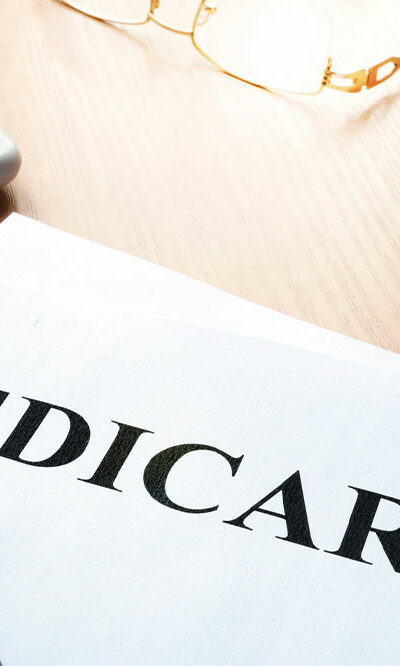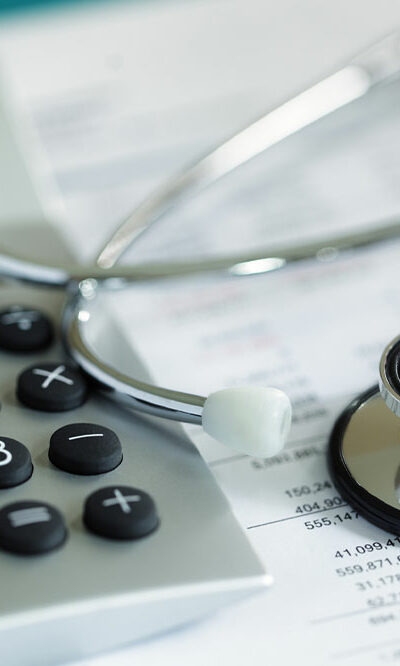
Common Mistakes to Avoid While Buying Smartphones
Smartphones are the technology that breaks all communication barriers and helps people connect better. With its plethora of features, this device has simplified people’s lives. However, due to the various models in the market, zeroing in on the best smartphone can take time and effort. Many brands offering lucrative deals make choosing the best one more difficult. However, it is also essential to steer clear of certain common mistakes while purchasing smartphones. Not analyzing your needs Smartphone buyers often tend to purchase mobile devices without considering their requirements. However, listing the features you want will help you achieve better clarity about the phone that will fulfill all your needs. Rather than spoiling the device’s overall experience, it helps you single out the best possible pick for your daily use. Rather than going by your friends or family’s opinion, it is also advised to research the specific smartphone model you intend to purchase carefully. Going for design and not functionality While buying smartphones, many people fall for marketing gimmicks where brands highlight more about the beauty of the device rather than its functionality. Furthermore, brands tend to exaggerate their products rather than discuss its shortcoming. So, the overall purpose of using a phone gets completely dissolved. Therefore, it is significant to get into the device’s details and check its performance, quality, battery, and more before making the purchase decision. Overlooking the smartphone’s dimension Along with the design and functions, customers are also required to anticipate the size and weight of the phone as it will ensure complete comfort for the user while using or carrying it. For example, people with small hands might struggle to handle large smartphones. Similarly, buying a heavy phone may prove uncomfortable for the user while traveling. Ignoring the price The smartphone market is diverse and comprises multiple brands that offer phones at different price ranges to match the different needs of users.










